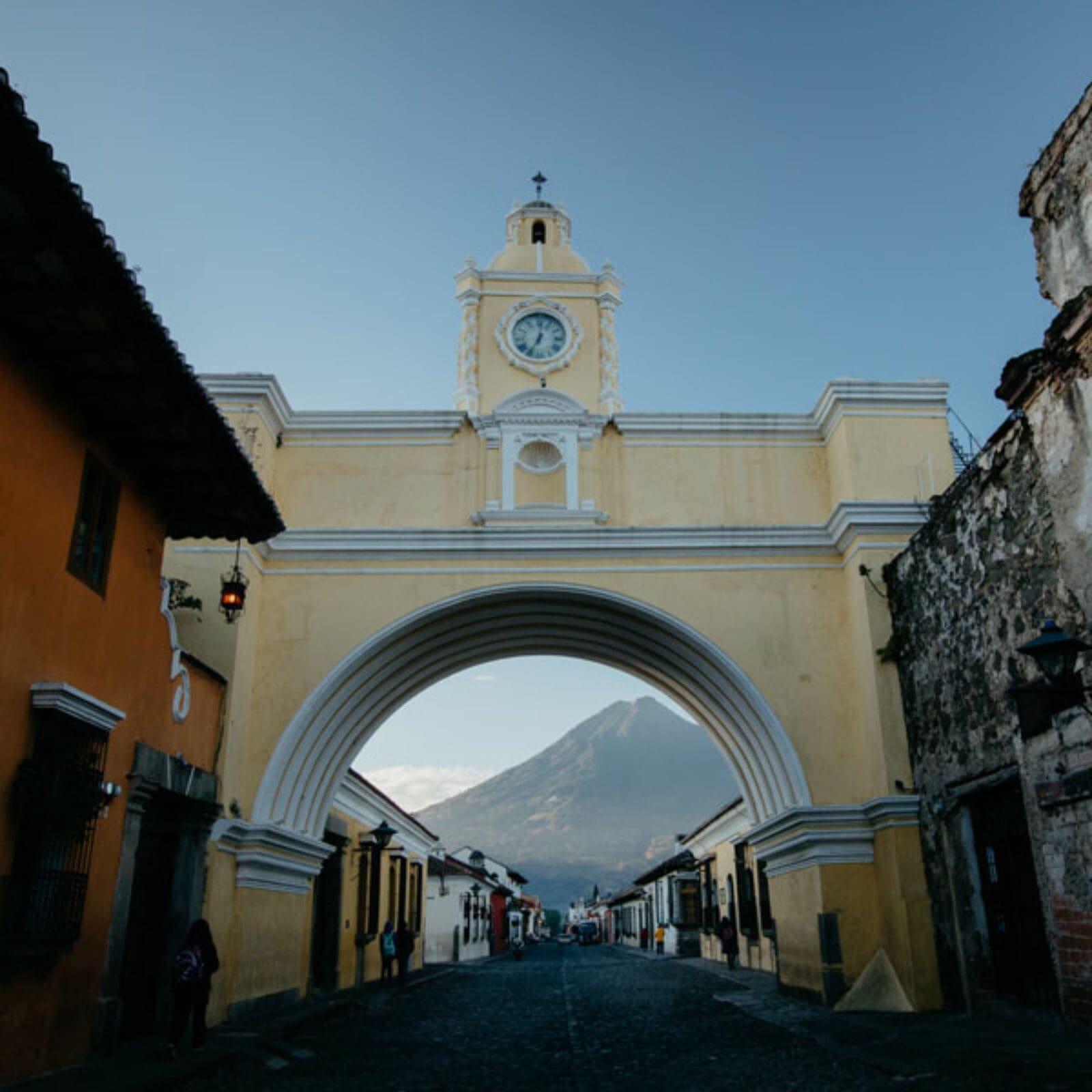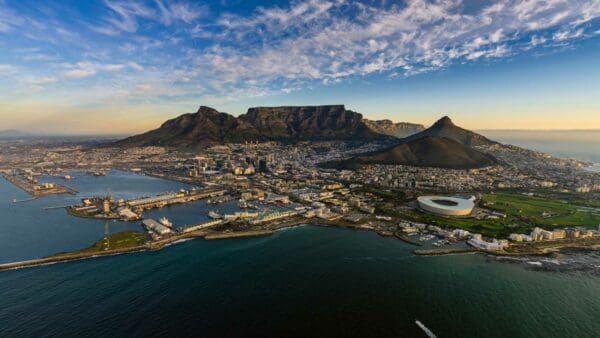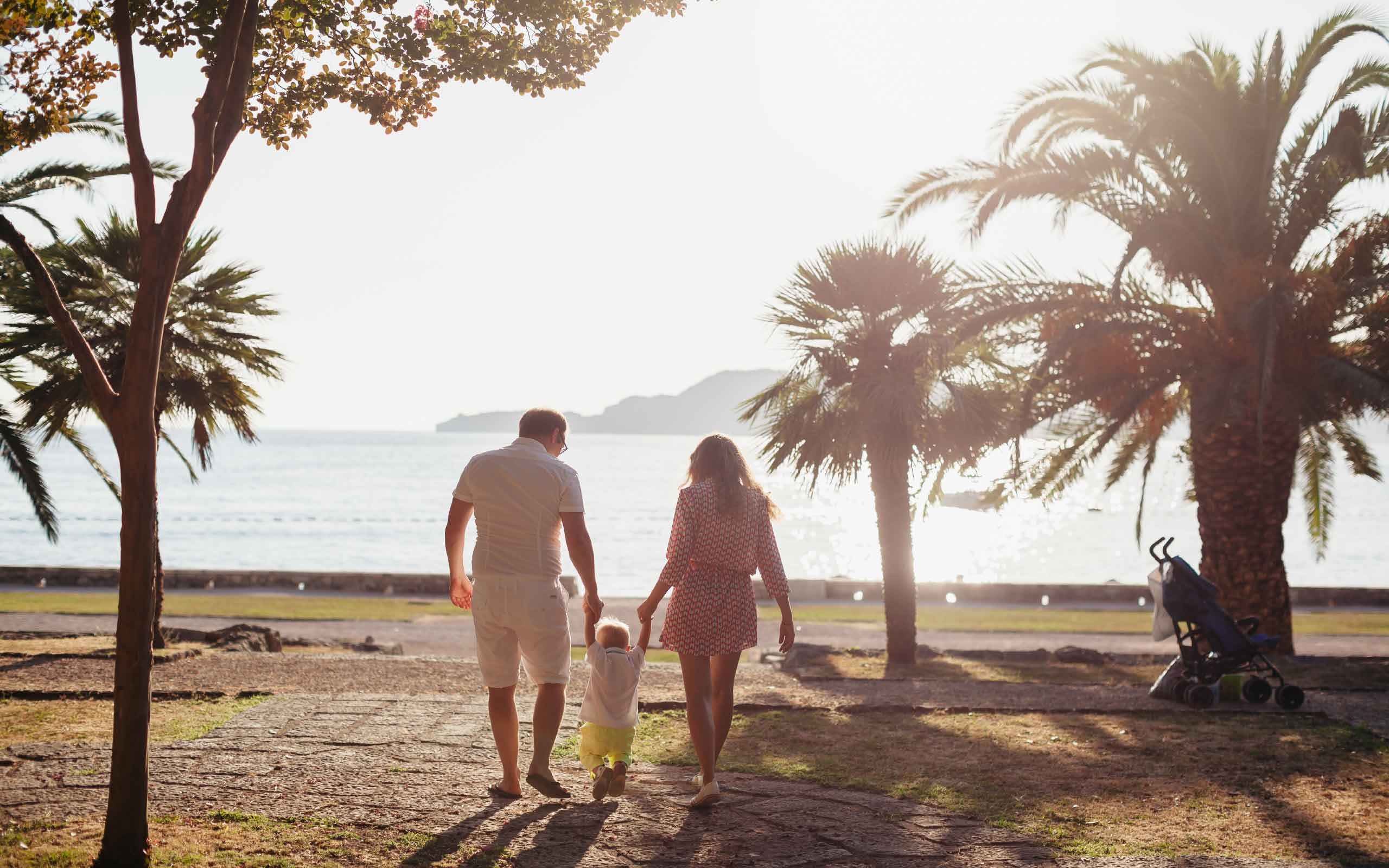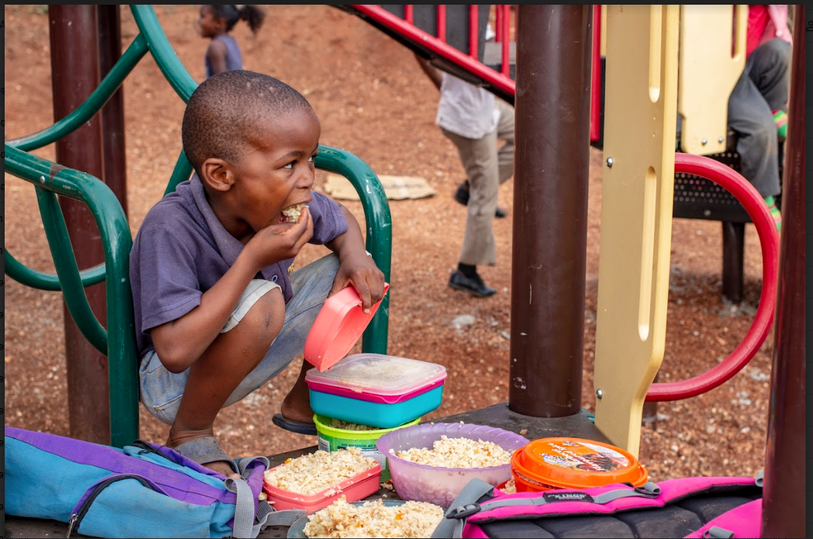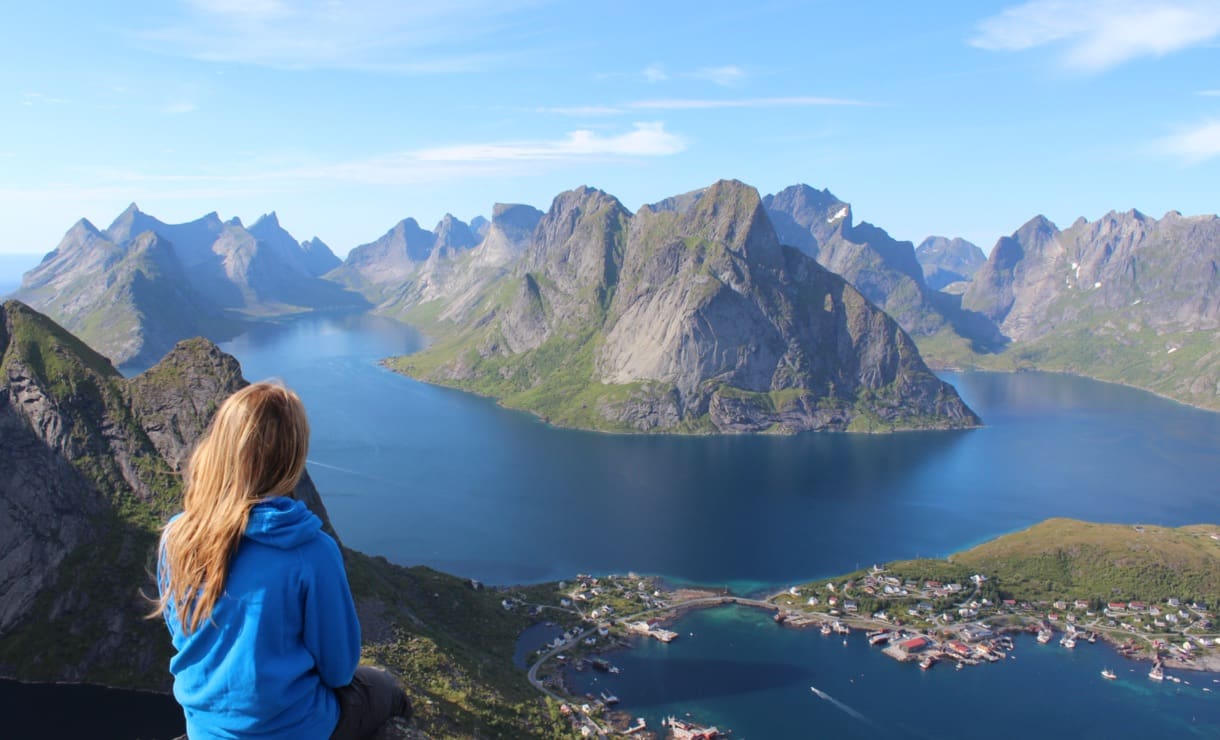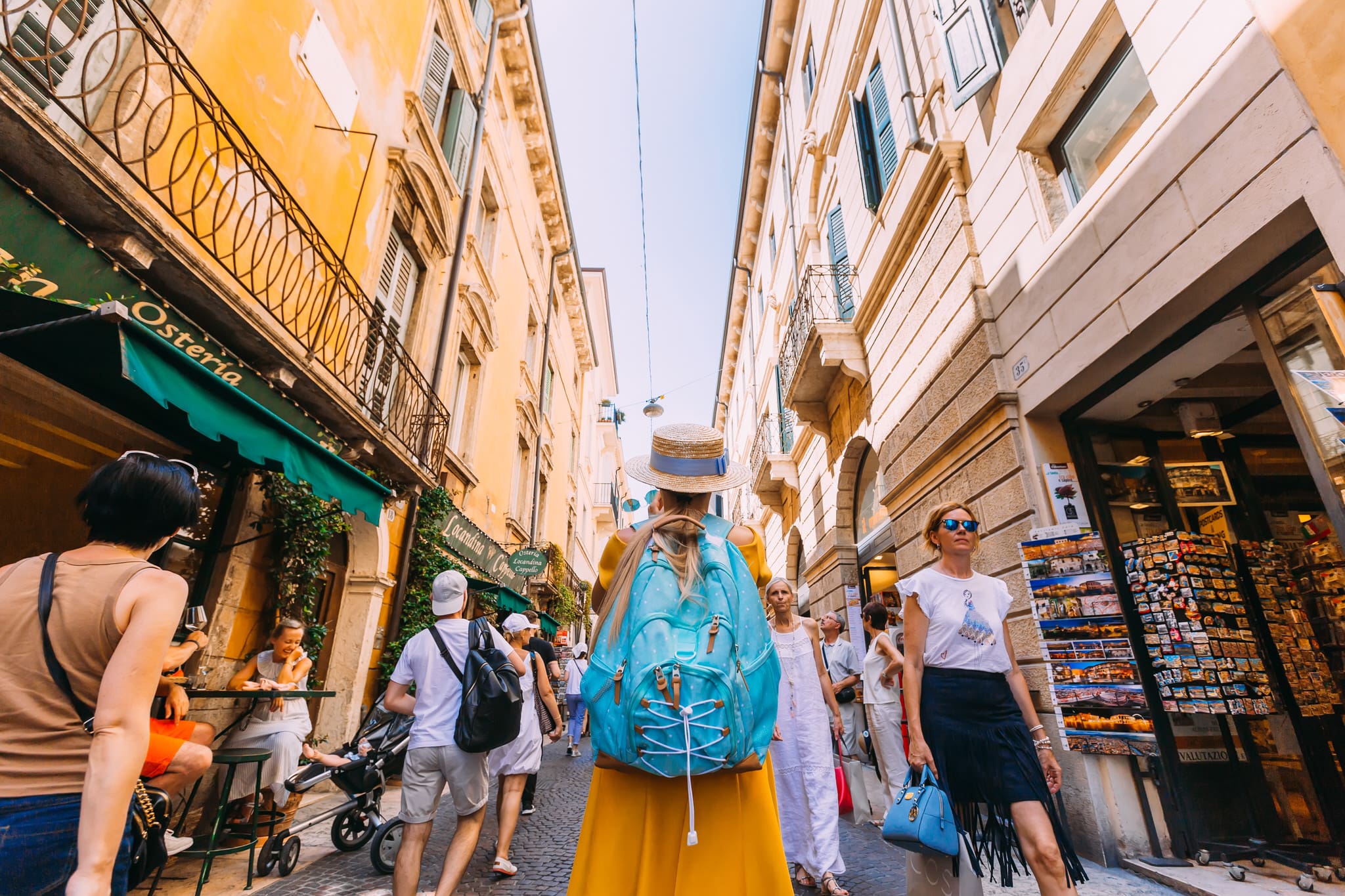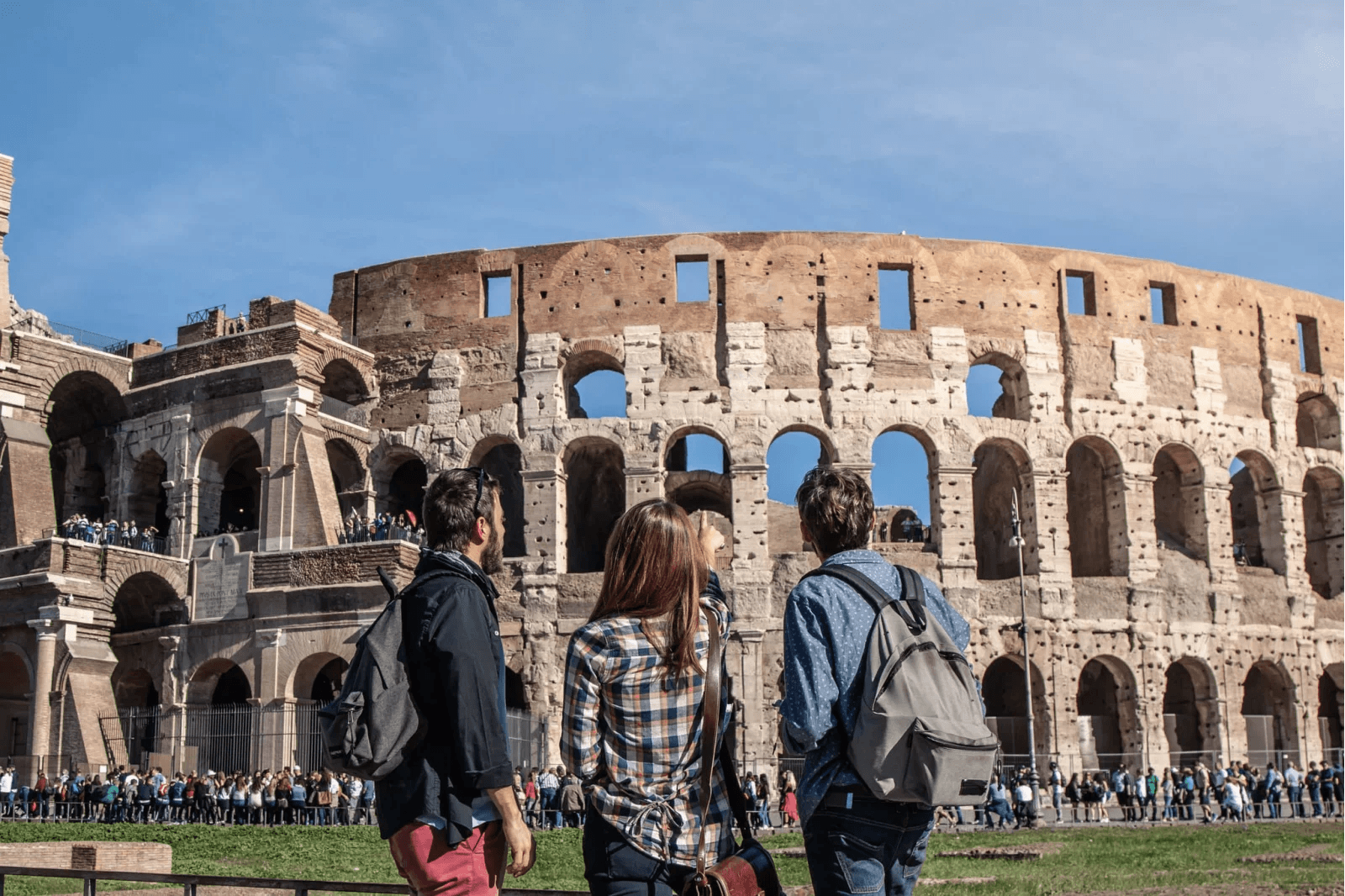The bustling city of
Lima looms in the smog-covered distance as the sun rises over the district of Villa El
Salvador.
Even before dawn, motor-taxis can be heard thundering down the streets.
Vendors selling bread honk bicycle horns while trash collectors ring cow bells to awaken the dawn.
Children prepare for school early dressed in their uniforms and armed with their backpacks decorated with the latest in American entertainment.
The Latin culture is apparent, though distinct elements differentiate
Peru from the Central American countries we have encountered up until this point.
First, the appropriate greeting for females is a cheek to cheek kissing action accompanied by a gentle handshake.
Peruvians, especially in
Lima, have an incredible amount of pride in their country and believe their Spanish to be some of the best in
Latin America.
Dance and song have a much more prominent place in this culture.
Peru takes credit for introducing potatoes to the world and a delicacy frequently served with nicer meals is Papas a la Huancaina (potatoes in a mustard sauce).
Lima is built on the extended shoreline of the
Pacific Ocean and the sandy causeways liken this area to a desert.
Residents labor over their section of sidewalk day in and day out to try and lessen the dusty coating that covers virtually everything.
A Peruvian joke goes as follows: how many Peruanos can you fit in a combe (mini-van taxi service)? Answer? One more…
The adage is not in vain, up to twelve people can fit in a normal taxi – the drivers of which are happy for the extra pay.
Vendors and service providers (especially in the transportation world) take advantage of the gringo’s ignorance and routinely charge higher prices for those whom they know likely have the funding to pay higher prices.
That being said, many prices are negotiable.
Soles are the local currency and they are worth about 3.15 soles to the dollar.
The towns in the mountains of
Lima (in particular the area south of
Lima) are squatting villages.
For example, the people of Lomo de Corvina do not own their land but risk at any point their eviction from the government should the scenario present itself.
Evangelism, especially to this people group, is challenging only in the fact that they wish to avoid conflict and will often submit to a sinner’s prayer in the face of any aggressive approach.
The usual new vocabulary is present as is the new body language and communication style.
That being said, there is much still to be learned about the way Peruanos think and operate.
Our hope and prayer is the same: that God would break our hearts for the individuals we have been called to serve for this season.
As we physically and spiritually help build a church, we hope to be an encouragement to the church in Villa El
Salvador and grow to love this city.

